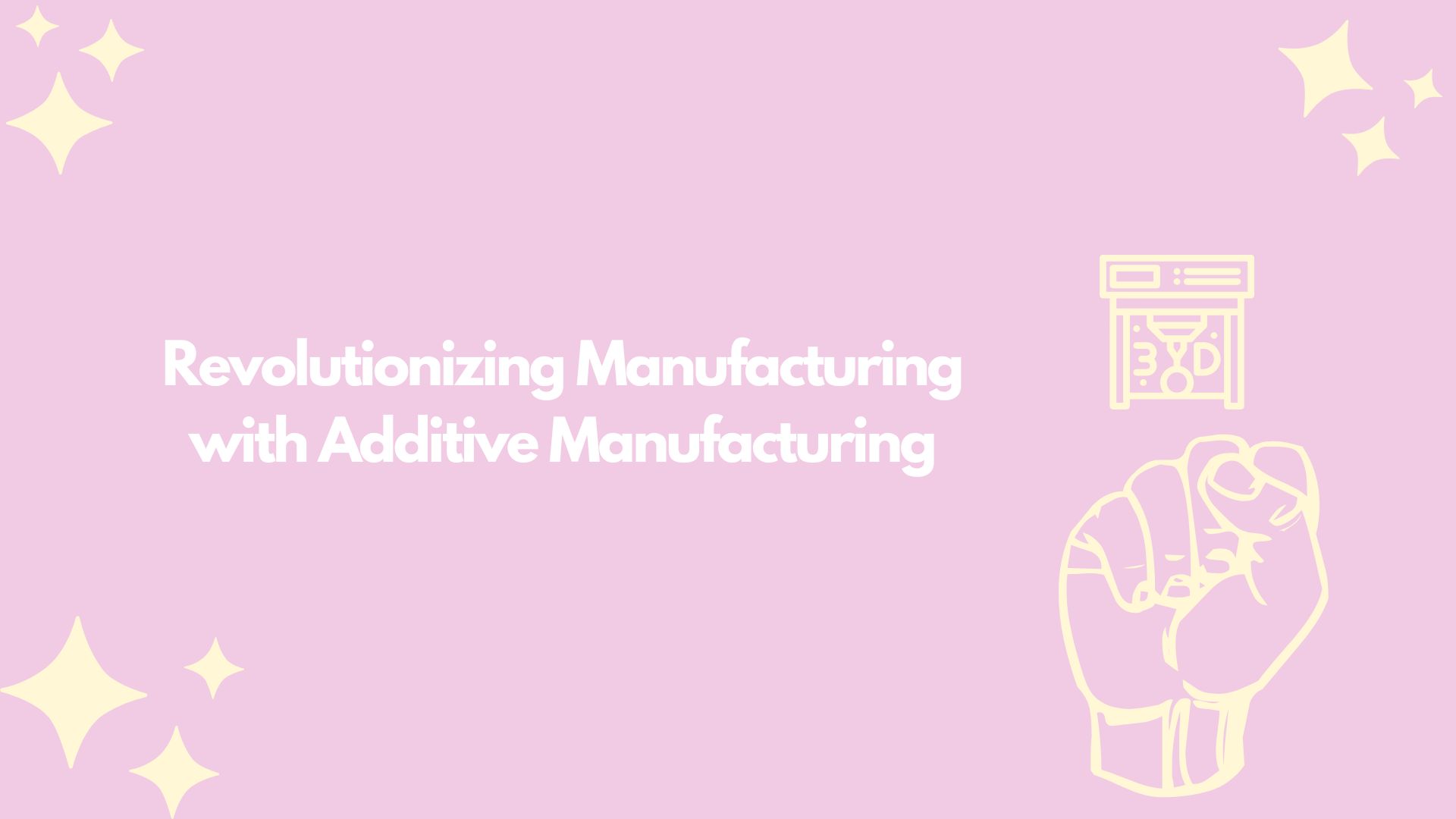Introduction
Additive manufacturing, commonly known as 3D printing, is revolutionizing the manufacturing industry by offering unprecedented flexibility, customization, and efficiency. This blog explores the transformative impact of additive manufacturing on production processes and the numerous benefits it brings to the sector.
Understanding Additive Manufacturing
Additive manufacturing is a process where digital designs are used to create three-dimensional objects by layering materials. Unlike traditional subtractive manufacturing, which removes material to create a part, additive manufacturing builds objects layer by layer, allowing for complex geometries and reduced material waste.
Key Applications of Additive Manufacturing in Manufacturing
- Prototyping: Rapid prototyping allows manufacturers to create and test new designs quickly and cost-effectively.
- Custom Manufacturing: Producing customized parts and products tailored to specific customer needs without the need for extensive tooling.
- Complex Geometries: Creating intricate designs that would be impossible or costly to produce using traditional manufacturing methods.
- Tooling: Manufacturing custom tools, jigs, and fixtures that enhance production efficiency and accuracy.
- Spare Parts: On-demand production of spare parts, reducing inventory costs and lead times.
Benefits of Additive Manufacturing in Manufacturing
- Design Flexibility: Enabling innovative designs and rapid iteration without the constraints of traditional manufacturing processes.
- Reduced Waste: Minimizing material waste by using only the necessary amount of material to build a part.
- Cost Savings: Lowering production costs by reducing the need for tooling, minimizing waste, and shortening production cycles.
- Faster Time-to-Market: Accelerating product development cycles and bringing new products to market faster.
- Sustainability: Using less material and energy in the production process, contributing to more sustainable manufacturing practices.
Case Study: Additive Manufacturing at [Company Name]
[Company Name], a leading aerospace manufacturer, has embraced additive manufacturing:
- 30% Reduction in Production Time: Faster prototyping and production cycles.
- 50% Material Savings: Efficient use of materials, reducing waste and costs.
- Innovative Designs: Creating complex parts that enhance product performance and reduce weight.
Conclusion
Additive manufacturing is transforming the manufacturing landscape by enabling greater design flexibility, reducing waste, and lowering costs. By adopting this innovative technology, manufacturers can enhance their production processes, accelerate time-to-market, and contribute to more sustainable practices.









